Popcorn Perfection: 30+ Mind-Blowing Popcorn Facts You Didn't Know!
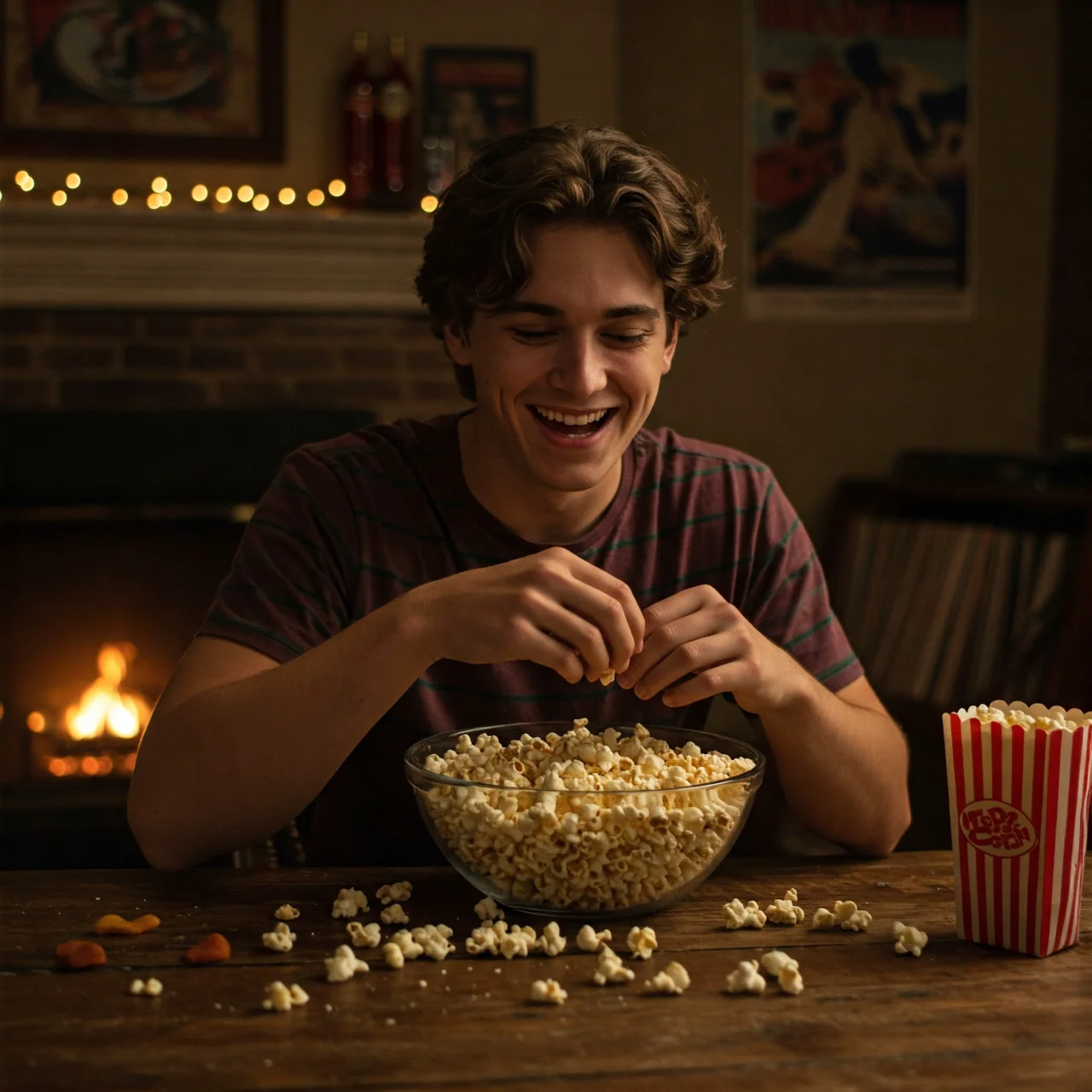
Dive into a world of popcorn trivia! Discover amazing popcorn facts, fun snack facts, & historical insights. From ancient origins to modern flavors, get ready to be popped with knowledge!
The Ancient Origins of Popcorn
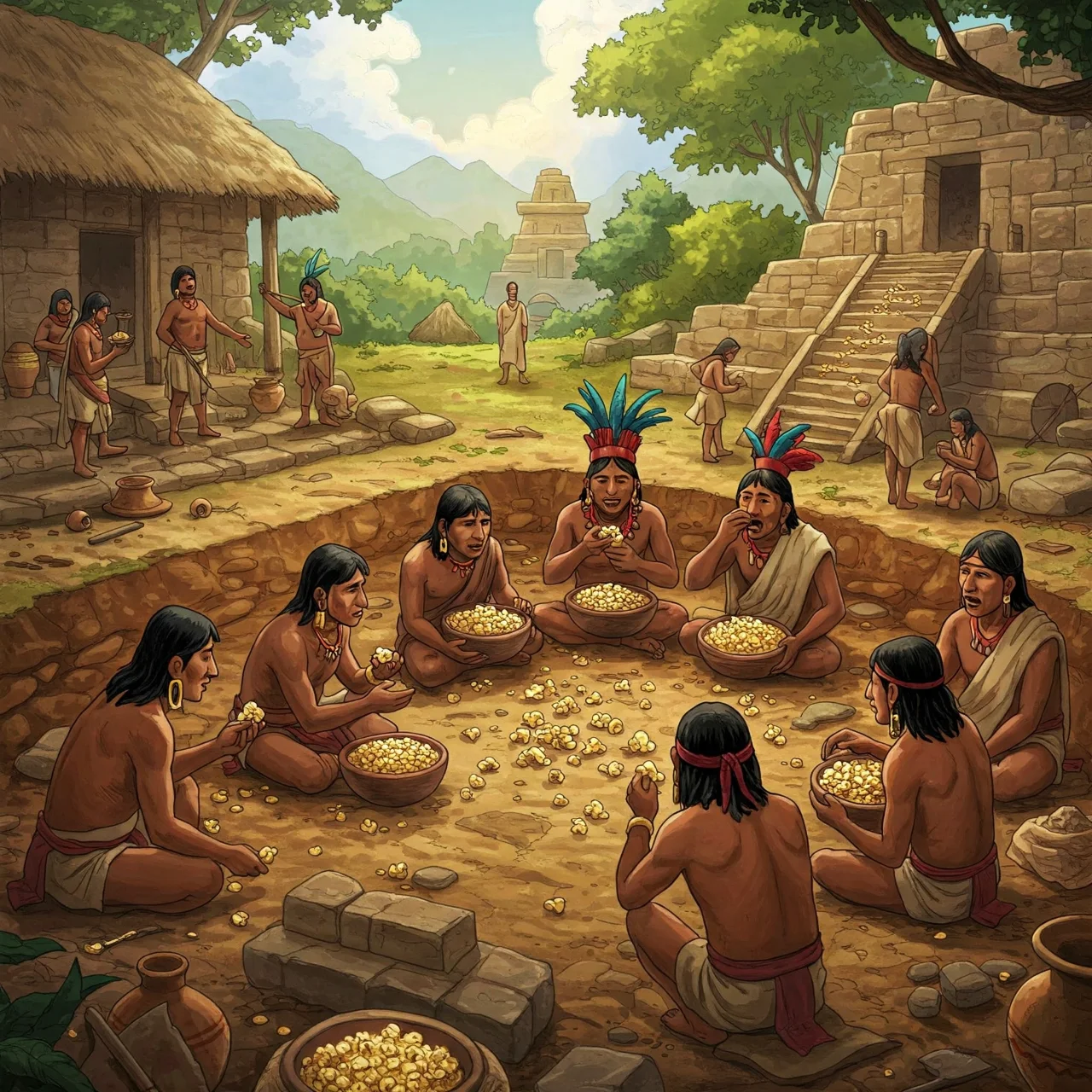
Believe it or not, popcorn isn't a modern invention! Evidence suggests people enjoyed popcorn as early as 7600 years ago in Peru. Archaeologists discovered the oldest popcorn remains – popped kernels – in the Bat Cave in New Mexico, dating back about 6,500 years. It wasn’t just a snack; it was used for decoration and religious ceremonies too!
Popcorn's First Boom: The 19th Century
While enjoyed for millennia, popcorn's popularity exploded in the 19th century, fueled by the invention of the portable popcorn machine in 1885 by Charles Cretors. This allowed popcorn vendors to easily set up shop, bringing the treat to fairs, circuses, and eventually, movie theaters. These machines dramatically changed accessibility.
The Great Depression's Surprisingly Popping Savior
During the Great Depression, popcorn thrived when other snacks suffered. It was an affordable luxury – a delicious treat that even struggling families could enjoy. Movie theaters, also seeking inexpensive entertainment options, embraced popcorn, cementing its place as a cinematic staple. [Source: Smithsonian Magazine - https://www.smithsonianmag.com/arts-culture/the-popcorn-machine-180976657/]
Popcorn & the Rise of Movie Theaters

Initially, movie theaters resisted popcorn, fearing it would make a mess and distract from the films. However, the snack’s popularity proved unstoppable. By the 1930s, most theaters had conceded, installing popcorn machines and benefiting enormously from the added revenue. It created a symbiosis that continues to this day.
What Makes Popcorn Pop?
The secret lies within the kernel! Each kernel contains a small amount of water stored inside a starch endosperm. When heated, this water turns to steam, building pressure. Eventually, the hull can’t contain the pressure, resulting in the satisfying ‘pop’ and fluffy texture we all love. [Source: Science Focus Magazine - https://www.sciencefocus.com/nature/why-does-popcorn-pop/]
Popcorn Kernel Shapes & Popping Quality
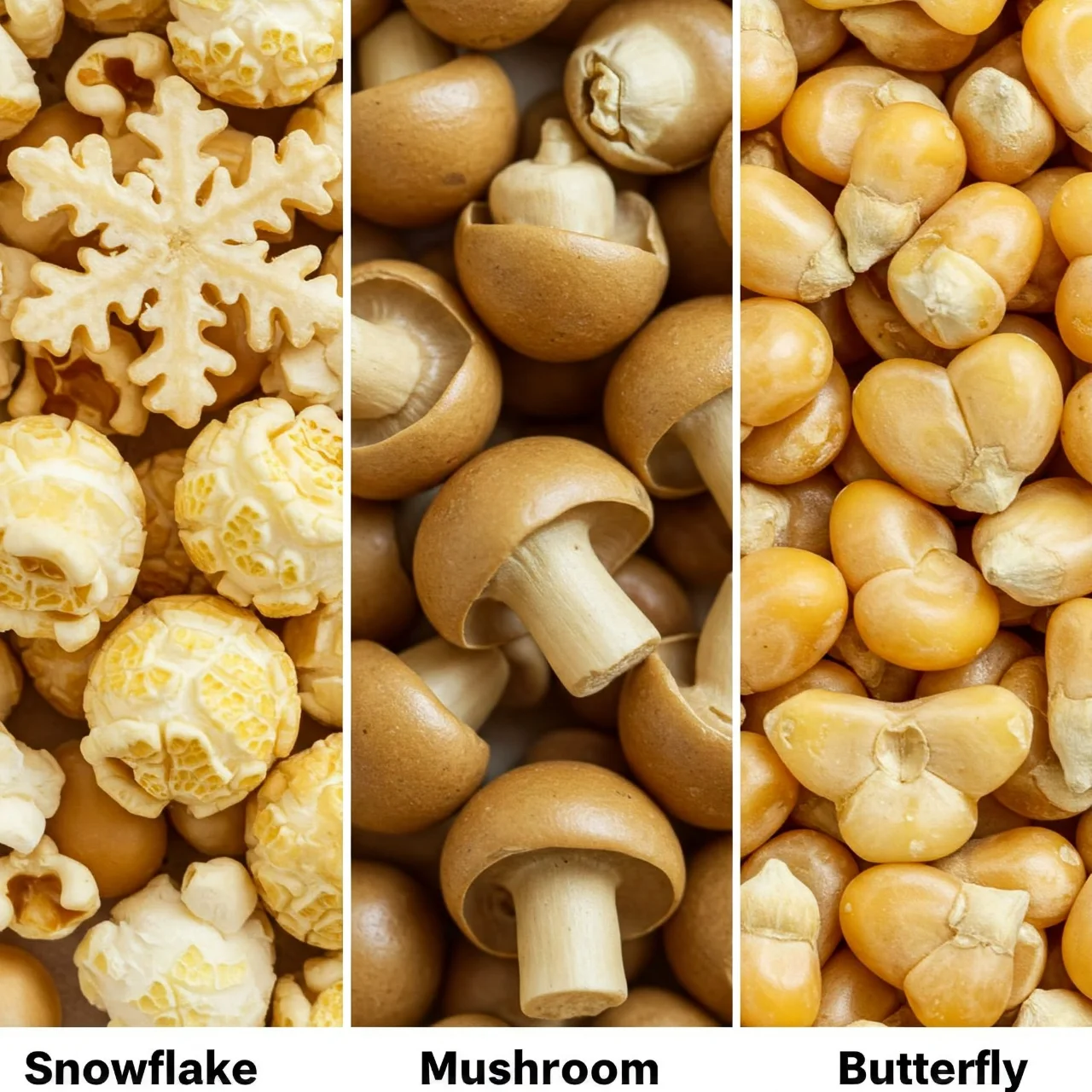
Not all kernels are created equal! There are several main types: snowflake (irregular shape, fluffy), mushroom (round shape, holds toppings well), and butterfly (most common, good for butter). The shape influences how well they pop and what they're best used for.
The 'Old Maid' Mystery
Ever wonder why some kernels don't pop? These unpopped kernels, affectionately called 'old maids,' have a thicker hull, preventing the steam from building enough pressure. They aren't necessarily old, just structurally different! Some people even try to eat them, but they're quite hard.
Popcorn is a Whole Grain!
Surprise! Popcorn is considered a whole grain, meaning it contains all parts of the grain – the bran, germ, and endosperm. This makes it a good source of fiber, and various vitamins and minerals, making it a surprisingly healthy snack when consumed in moderation.
Nebraska – The Popcorn State
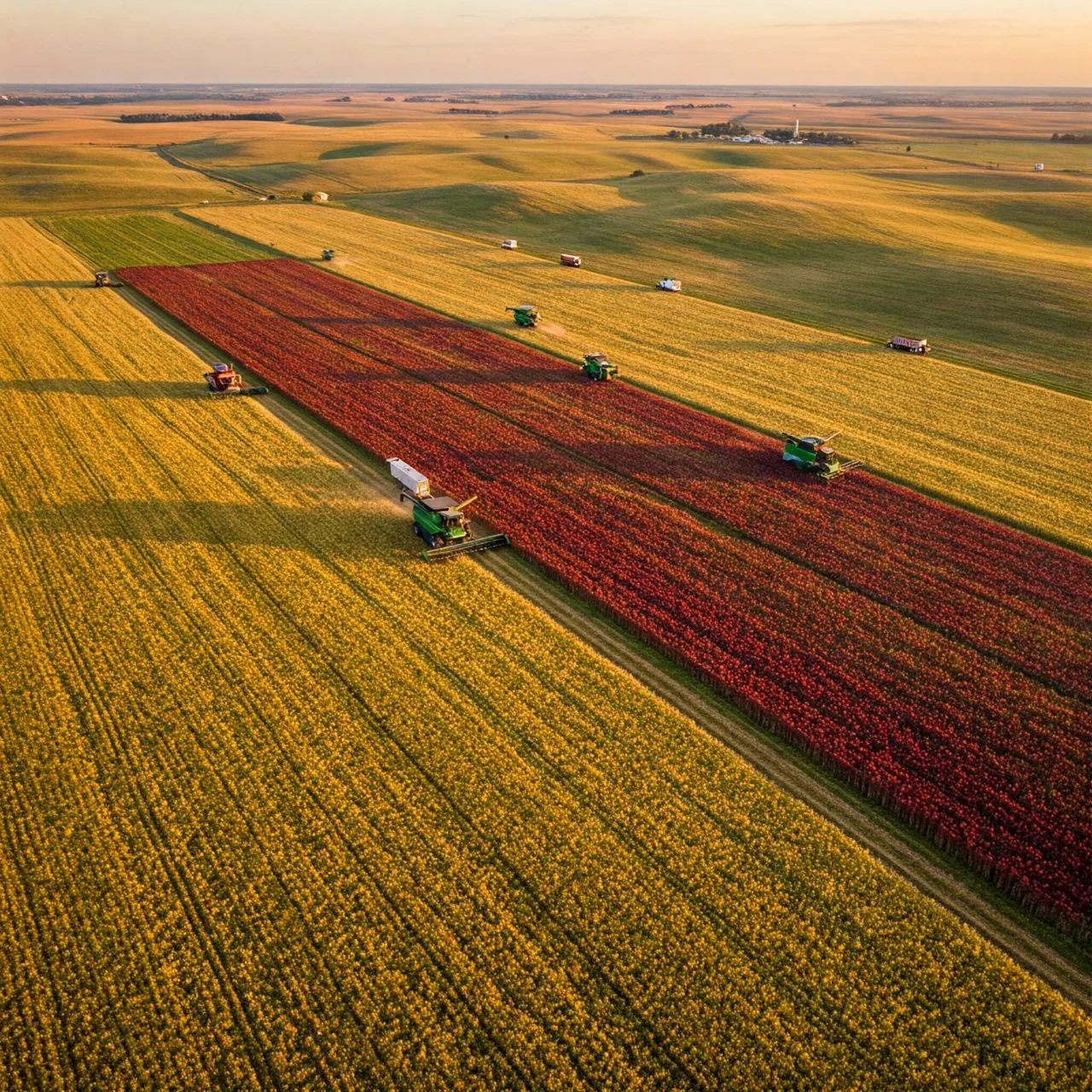
Nebraska isn’t just known for its cornfields, it's also the largest producer of popcorn in the United States! The state’s climate and soil are ideal for growing high-quality popcorn, contributing significantly to the national supply. They even have a 'Popcorn Festival'!
Popcorn's World Record – A Massive Achievement
The world's largest bowl of popcorn held a whopping 61,480.56 cups! Created by Joe Whaley in 2009 in Iowa, a special structure was designed to contain this massive amount of popped kernels. It’s a testament to humankind’s love for this snack.
Different Oil, Different Flavor
The type of oil used to pop popcorn drastically affects its flavor. Coconut oil imparts a subtle sweetness, while canola and vegetable oils are more neutral. Olive oil can work, but its lower smoke point requires careful temperature control. Each delivers a distinctive snacking experience.
Caramel Corn: A Happy Accident?
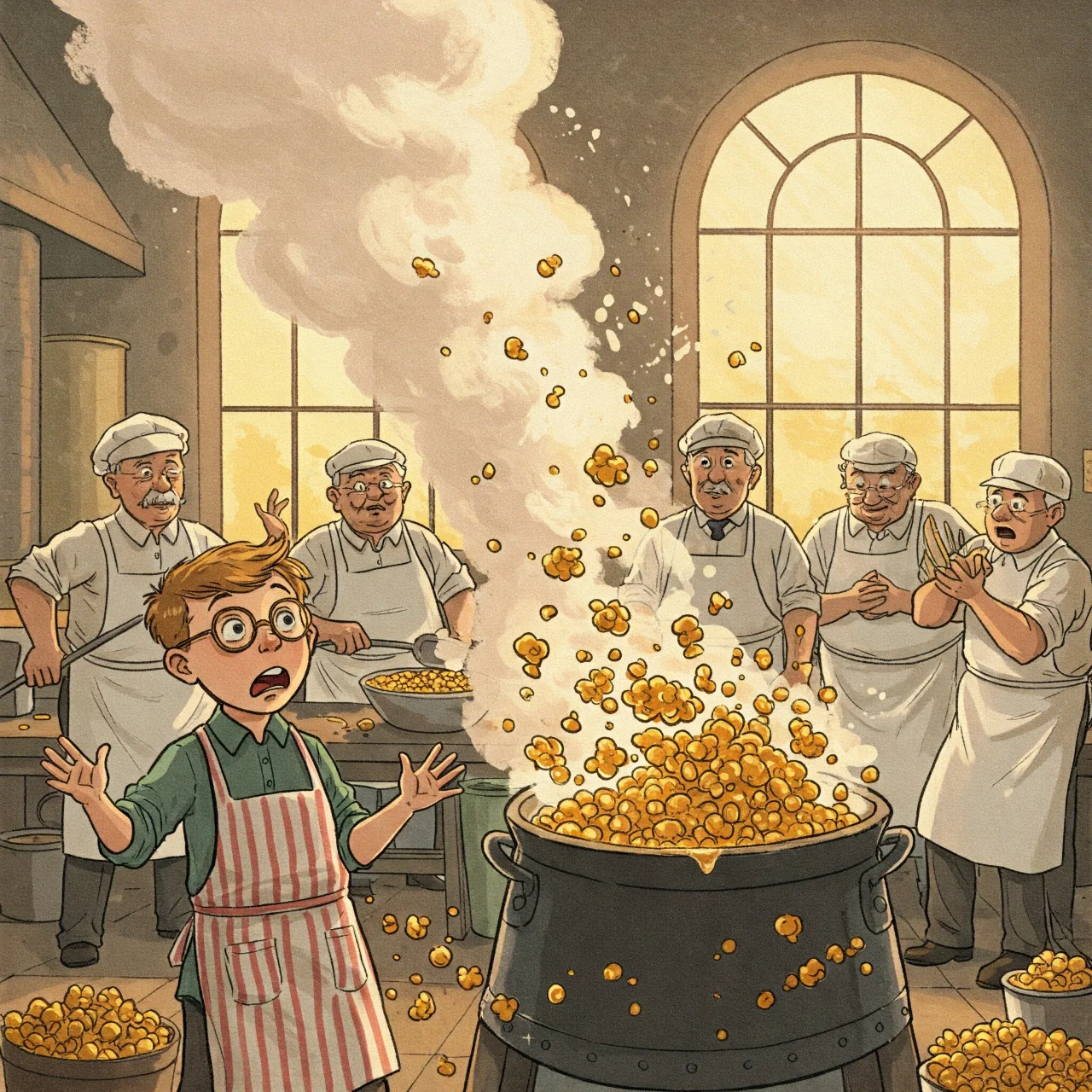
Caramel corn originated through trial and error! Legend says a candy maker was experimenting with coating peanuts in caramel and accidentally dropped some into hot popcorn. The result – a sticky, sweet delight – was an instant hit, and caramel corn was born.
The Science of Butter Absorption
Why does butter cling so well to popcorn? The irregular surface of popped popcorn provides a huge surface area for the butter to adhere to. Plus, the steam from the popcorn helps to melt the butter, allowing it to fill every nook and cranny.
Popcorn and Aromatherapy?

The smell of popcorn can actually evoke strong emotional responses! It’s linked to positive memories of movie theaters and happy occasions, triggering feelings of comfort and nostalgia. It's a surprisingly powerful scent, often used in marketing to create a welcoming atmosphere.
Popcorn's Nutritional Powerhouse
Beyond being a whole grain, popcorn contains antioxidants, like polyphenols, which can help protect against cell damage. It's also a good source of manganese, magnesium and phosphorus. However, be mindful of additions like butter and salt which can add unhealthy fats and sodium.
Microwave Popcorn Controversy
Microwave popcorn bags often contain a chemical called diacetyl, used to create a buttery flavor. Concerns arose about its link to lung disease in workers exposed to high levels, leading some manufacturers to remove it. [Source: American Lung Association - https://www.lung.org/research/lung-health-education/lung-info/diacetyl]
Spicy Popcorn: A Global Tradition
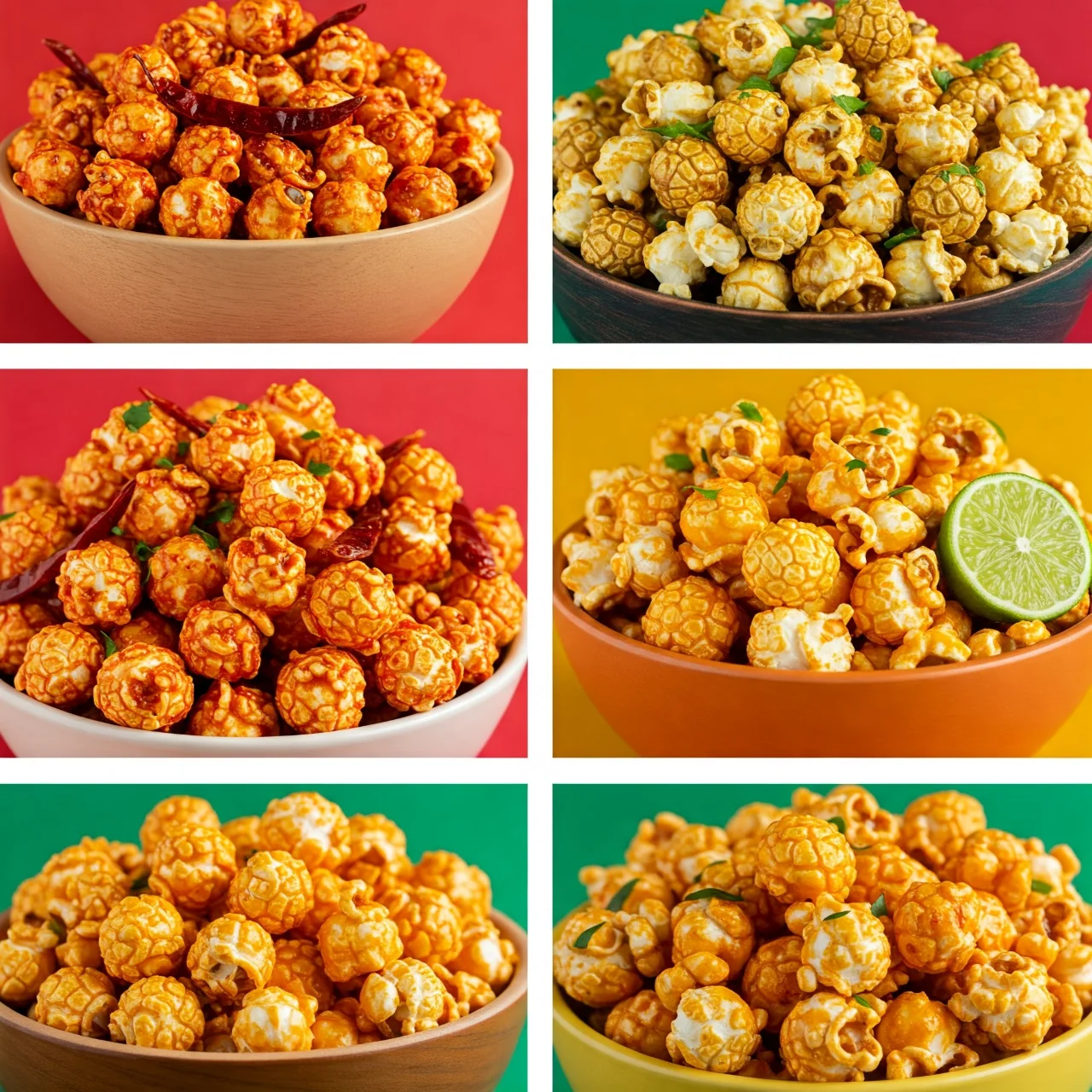
While we often associate popcorn with butter and salt, spicy popcorn variations are popular worldwide. In India, you'll find masala popcorn, while in Mexico, chili-lime seasonings are common. It showcases the versatility of this adaptable snack!
Popcorn Hulls: A Dental Dilemma?
Those pesky hulls that get stuck in your teeth? They’re a natural part of the kernel and aren’t harmful, but they're notoriously annoying. The hull helps protect the kernel during growth, and its fibrous nature resists breaking down easily during the popping process.
Popcorn in Art and Culture
Popcorn has made appearances in art and cultural movements. In 1960s Pop Art, artists like Claes Oldenburg created sculptures featuring everyday objects, including popcorn, challenging traditional art norms. It reflects the snack’s strong presence in everyday life.
Popcorn: A Surprisingly Versatile Ingredient
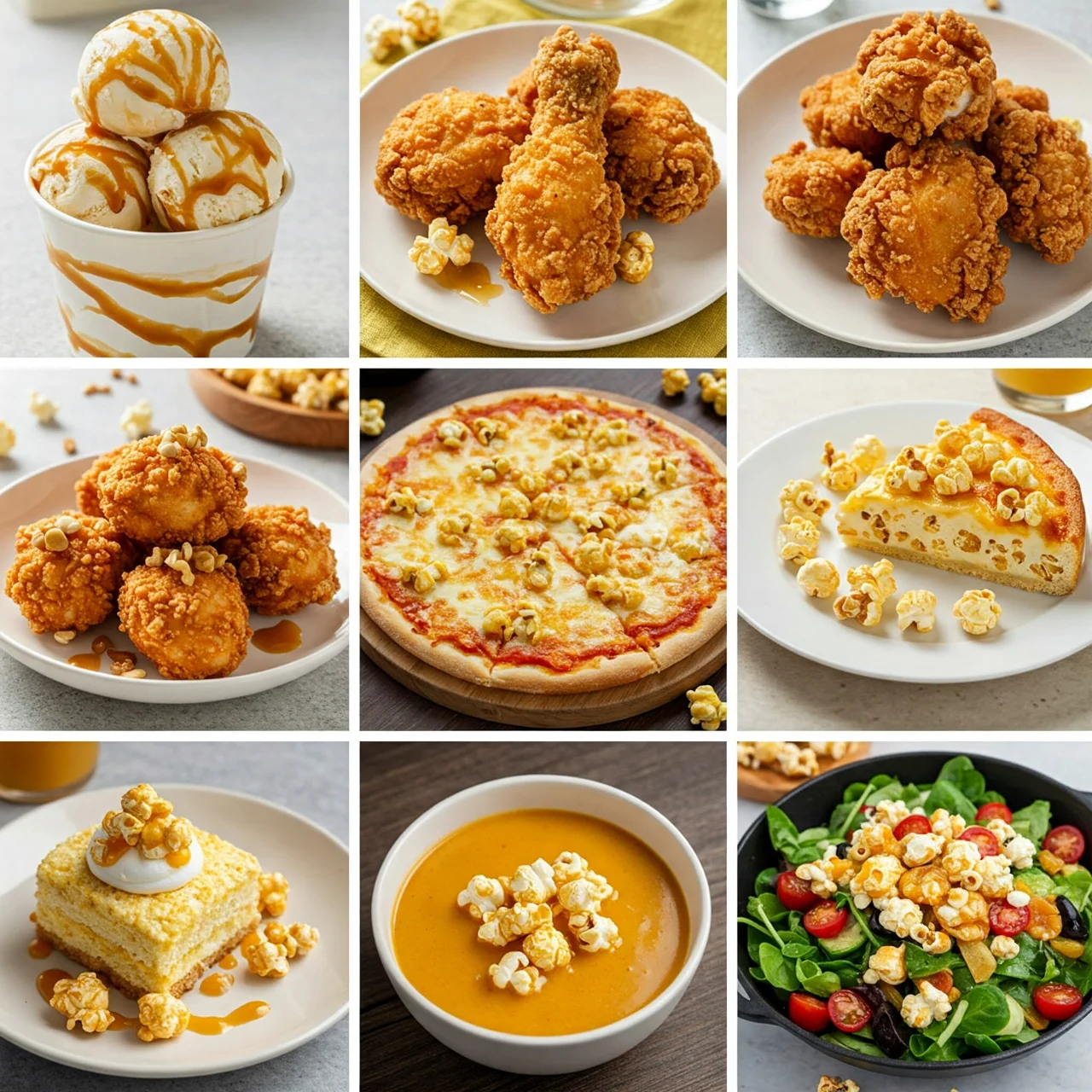
Beyond snacking, popcorn is finding its way into innovative recipes. Chefs are using popcorn to make ice cream, beer, breading for chicken, and even desserts! Its unique texture and flavor add an unexpected twist to culinary creations.
The Highest Popcorn Consumption...
The United States consumes more popcorn per capita than any other country, averaging around 4.4 quarts per person annually! That’s a lot of popped kernels, solidifying popcorn’s status as a truly American snack.
Popcorn Packaging Evolution
Early popcorn was often sold in simple paper bags. Over time, packaging evolved to include sealed bags for freshness and microwavable bags for convenience. Innovations continue with eco-friendly and resealable options becoming increasingly popular.
The Connection Between Popcorn and Baseball
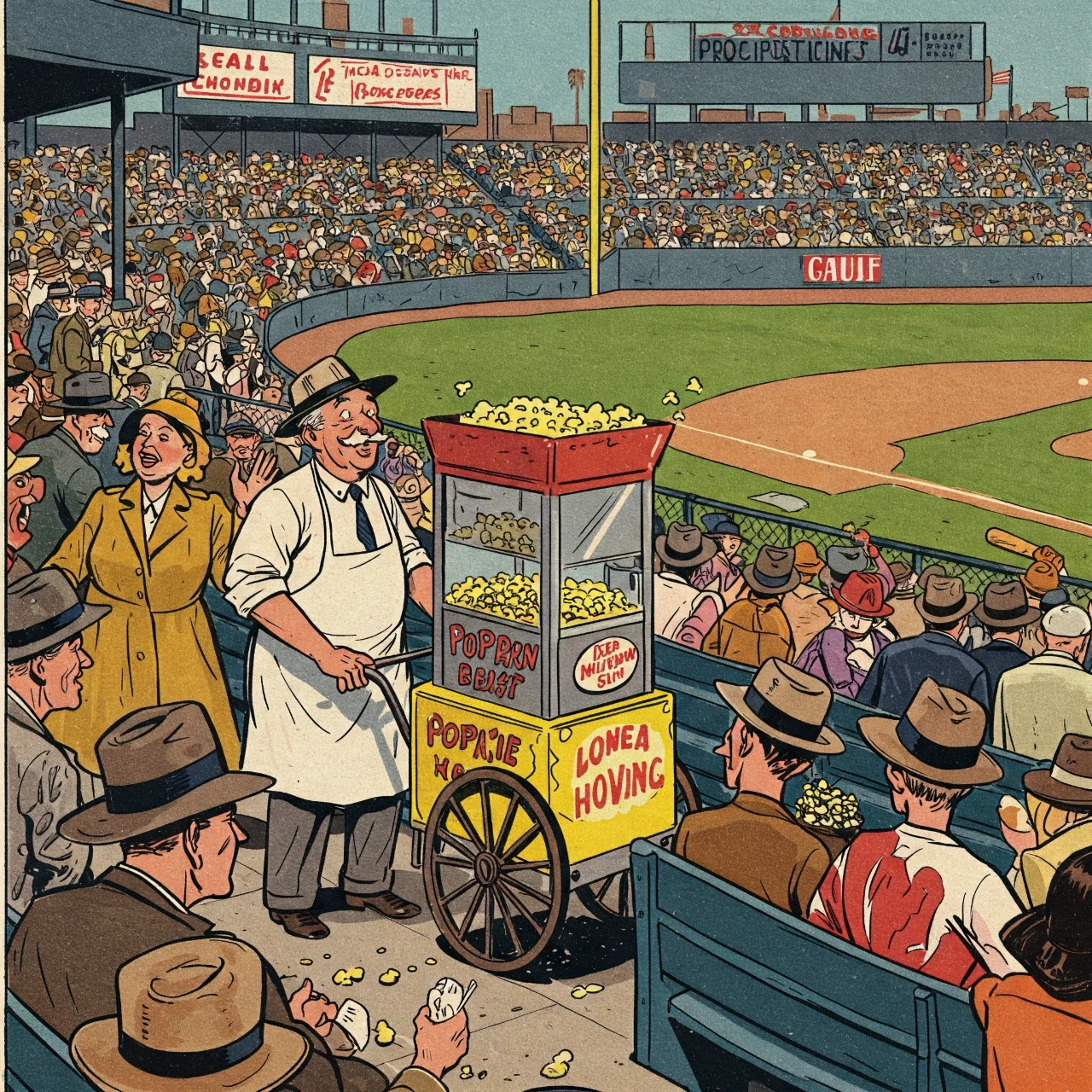
Popcorn became a fixture at baseball games in the late 19th century, alongside peanuts and hot dogs. Vendors quickly realized that this affordable and satisfying snack was a hit with fans, making it a quintessential part of the baseball experience.
Popcorn as a Sensory Experience
The sounds of popping kernels, the smell of buttery goodness, and the satisfying crunch – popcorn engages multiple senses simultaneously. This multi-sensory experience contributes significantly to its appeal and makes it such a comforting snack.
Colored Popcorn: A Natural Phenomenon
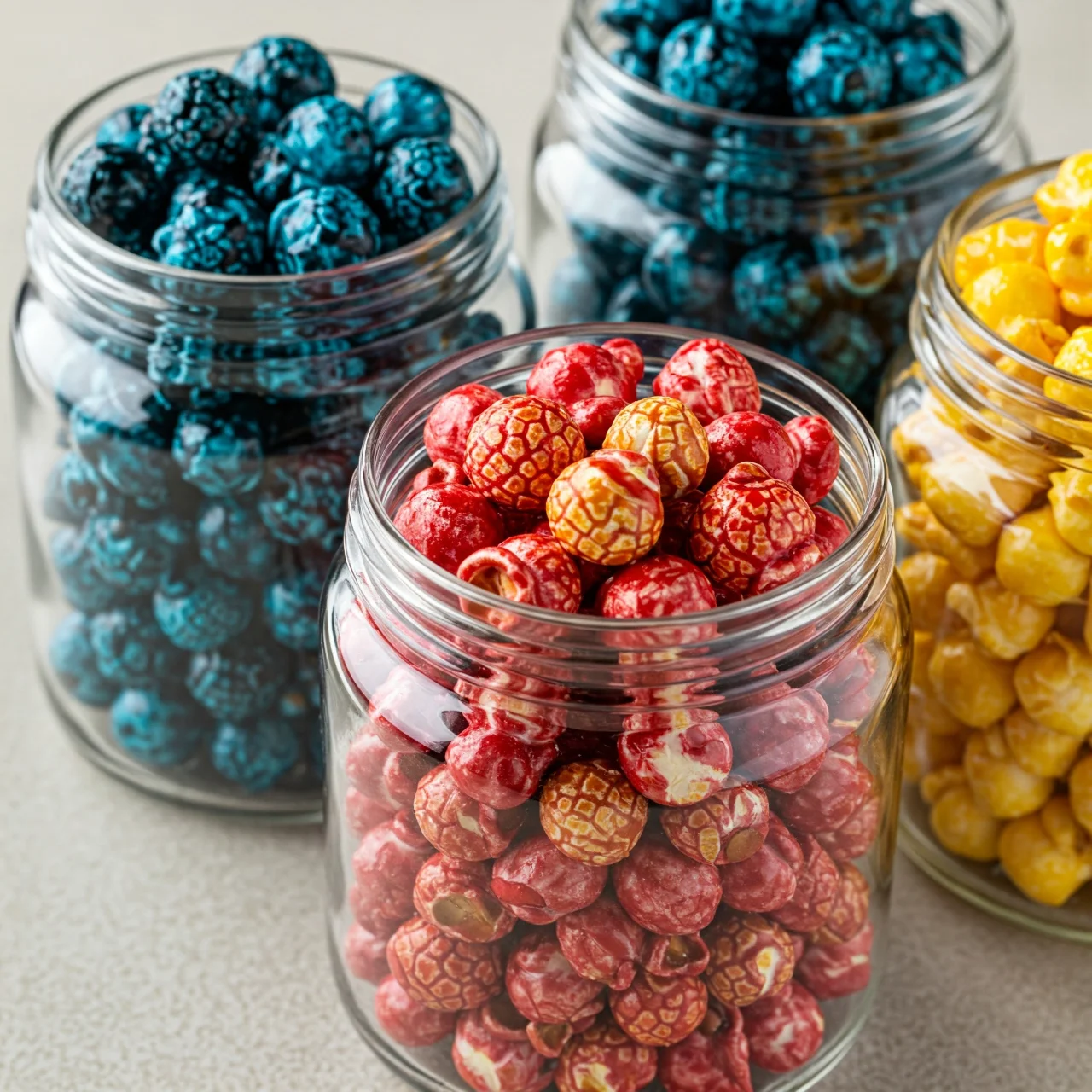
Did you know popcorn comes in colors other than yellow? Varieties like black jewel, blue diamond, and ruby red exist! These colors are naturally occurring and aren’t due to any artificial dyes, adding a visually stunning element to the snack.
Air-Popped vs. Oil-Popped: A Head-to-Head
Air-popped popcorn is generally considered the healthiest option as it avoids added fats. Oil-popped popcorn often tastes richer, but the type of oil used impacts the nutritional value. Consider your health goals when choosing your popping method.
Popcorn and Festive Celebrations
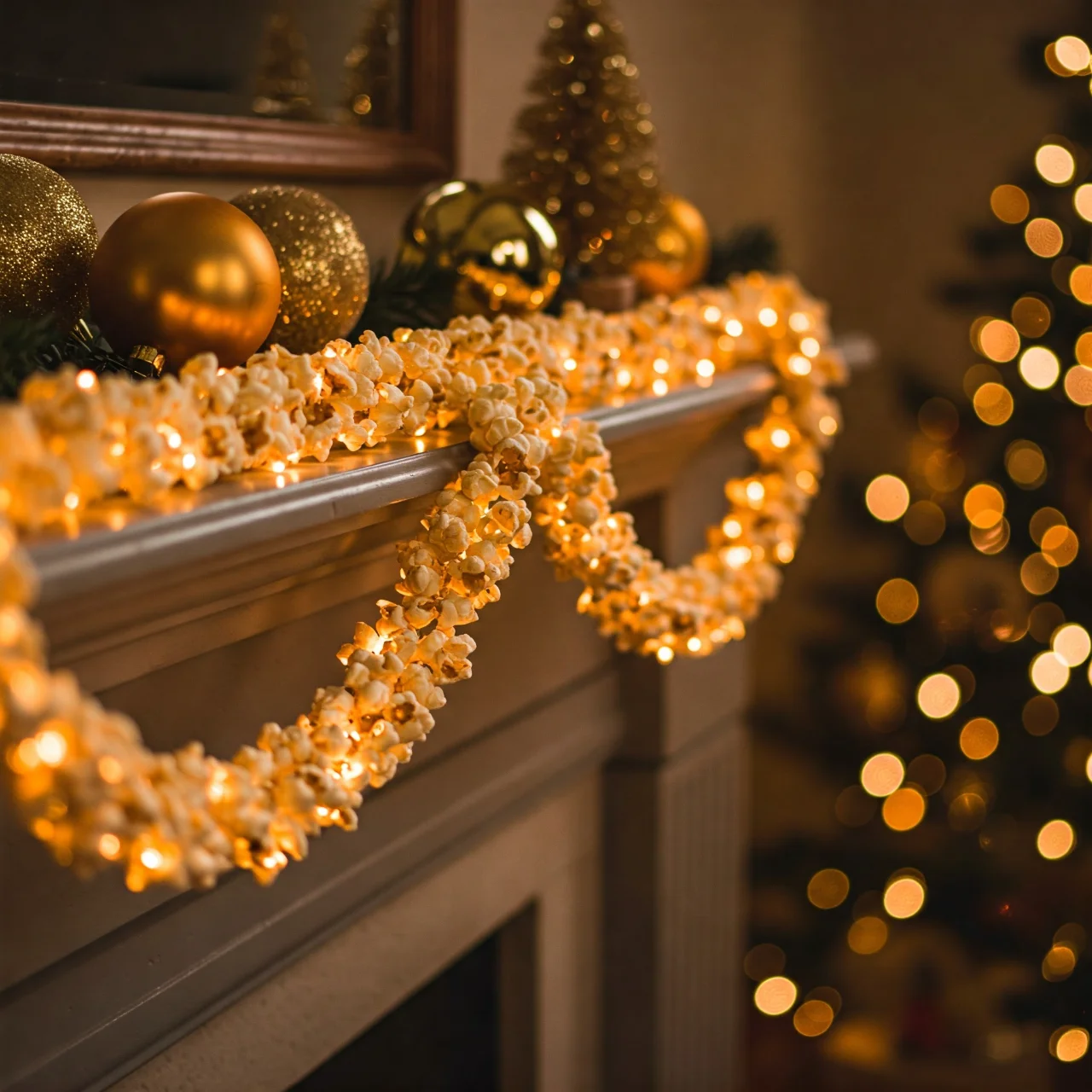
Popcorn isn't just for movie night! It's often incorporated into festive celebrations. During Christmas, many people create popcorn garlands for decoration, while at New Year’s, it symbolizes good luck and prosperity.
Comments
Loading comments...